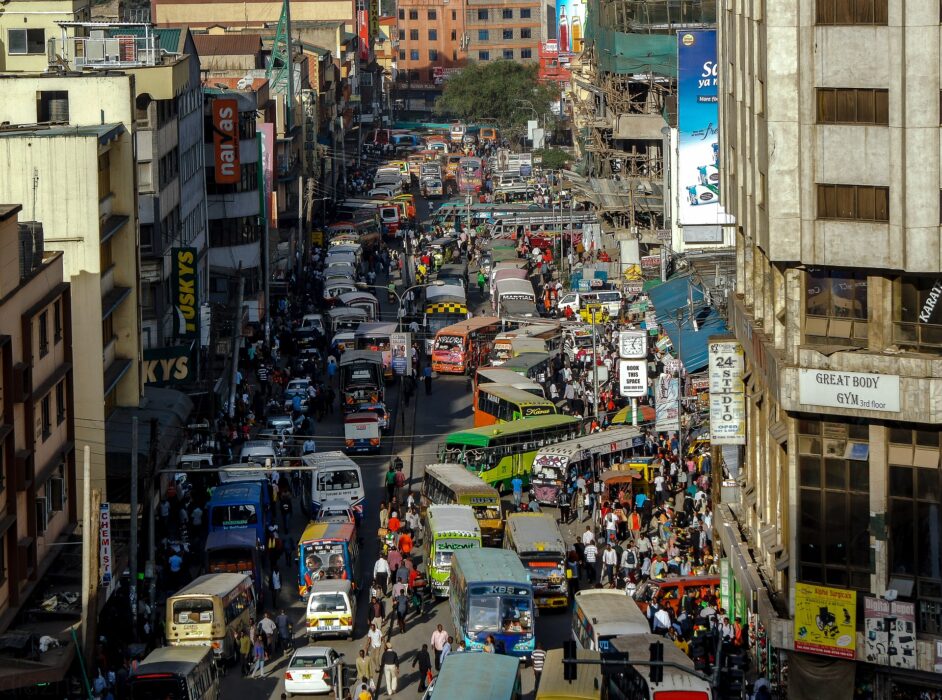
This is something that has been debated about a lot of times, online, in print, and on TV. But none of the solutions presented seem to be plausible, or when implemented, seem to work. It is like we are going around a topic, making noise, not getting a solution all the while as the situation gets worse.
Congestion in Nairobi isn’t something that can be solved with a few knee-jerk reaction legislations, some political chest-thumping, or some Chinese neo-colonialism in the name of road/rail construction. The thing that we don’t realise is this: getting a solution for Nairobi requires the whole nation to properly plan on the future of the country.
Only a few days ago, the Nairobi County Government, before Kenya Power cut their power, announced some new plans to better decongest traffic in the city. And they are hilarious. They want Matatu Saccos to have only two matatus per Sacco in the CBD at any given moment. How do you implement that? They also want to introduce a no-private-car-in-town for two days every week. So that?
Population
It is like Kenyans never want to face the problems at hand directly. We love ignoring what is obvious. And the thing that’s glaring at us is that Nairobi is too small for the population it is handling. Okay, here’s a graph I created based on data from worldpopulationreview.com
In 1955 the population of Nairobi was about 201,000 people. 30 years later, the population had grown to 1 Million. But 30 years later, the population is now almost 4.5 million people. And you can see from the graph that the population keeps growing, at an even faster growth rate as the years go on. Yes, the city suburbs have grown to accommodate more people, but the same city is now forced to handle a very huge crowd of people every day.
Transport
In 2014, Bloomberg reported that Kenya loses over half a million dollars every day in terms of fuel and wasted productivity. How many hours a day do you waste sitting in traffic? Both you, and the environment suffers from jams.
What we call public transport is messed up beyond repair. There’s no acceptable legislation that will solve the problem. Privately owned public transport will remain rogue.
In March of 2015, then Governor of Nairobi unveiled what his administration called radical measures to make the city better. He tried with roundabouts, removal of bumps, and new laws for the Matatu sector, grass for beauty and meditation while stuck on traffic, still nothing worked.
Even if the new government introduces dedicated bus lanes as is now planned on Thika Super Highway, this won’t be a solution because one, the same roads as they are can’t handle the traffic already there, so how worse will it be when new buses have a dedicated lane? Two, how will the dedicated bus lanes enter and leave the city?
Also, poor planning (or corruption, whichever you choose), and our currently unmatched lack of vision, makes it impossible for the CBD to introduce new technology like tram trains which would allow for people to have their cars parked in well secured parking lots just outside the CBD and then take a tram to their buildings. Or even normal buses maintained by the government rather than by private sector.
Middle Class
Back in 2007, a report by the Ministry of Roads and Public Works said that only about 15% of Nairobians own a private vehicle. But over 35% of cars on the road are private cars. And this was way back in 2007. How much worse has this gotten 11 years later? Well, next time you’re stuck in traffic look at the number of private cars that have only one or two people inside.
Also, in 2007, we didn’t have Uber, Little, Taxify, Mondo etc, who have not only disrupted the taxi industry making it affordable for more people to use a taxi, but have also counter wise contributed to Nairobi roads being more congested. Taxis were meant to be your way to get somewhere faster. Not anymore nowadays, unless you hop on a Taxify boda. But remember, according to a 2017 report, motorcycle accidents in Kenya are on the rise, and Nairobi is among the three counties with the highest number of such accidents.
Talking of statistics, the following November 2017 graph prepared by nextinsurance.co.ke shows a breakdown of Auto Insurance Purchase in Kenya based on age. 23% of recent auto insurance purchases are by 23 to 33 year olds.
You thought the vehicles on Nairobi streets are more than enough? It is about to get worse. Many more people have it in their dreams, a plan to either a. escape the messy public transport by having their own vehicle or b. get a new car for their family member.
Is there a solution?
If we are open minded and serious about a better future we can work out a solution. Like I said on paragraph two, it requires nationwide discussions. So far, everything we’ve tried has failed. And:
- The population of the city keeps growing
- The CBD is poorly planned, and nothing will change that
- We can’t further expand our roads
- People will keep buying cars
- The traffic jams will only get worse
- Rural – urban Migration won’t stop. Opportunities, everyone believes, are in Nairobi.
What we need to do is break up Nairobi.
Breaking up Nairobi
Leave alone handling 8M people by 2030, this swamp was never meant to be a city in the first place. And to decongest it in a way that works both positively for Nairobians and for the whole country, we need to re-think what we mean by capital.
Kenya is a large country with many towns. The Constitution of Kenya, 2010 devolved governance introducing counties. But we need a new type of devolving. Nairobi is still the centre, everything kind of happens here. And that’s why people keep moving here.
I’m think we need to do the following:
- Leave Nairobi as the business capital of Kenya
- Choose a town in Kenya to be the diplomatic capital
- Choose another town to be the Central government capital
- Choose another town to be the innovation hub
- And if our entertainment industry is to succeed, choose a town to be the entertainment capital.
Like I said, such a plan requires a lot of inclusive thinking and planning, and open-mindedness. As at now, such a motion if introduced would stir up tribal war drums. Oh this tribe will get this, this one will suffer. But think of it. What if this becomes our new Vision 2030?
Kenya; New Vision 2030:
“The Kenya Vision 2030 aims to transform Kenya into a newly industrializing, middle-income country providing a high quality of life to all its citizens by 2030 in a clean and secure environment.”
(So for example) By 2030:
- Nairobi City will be the Business Capital of Kenya being host to big companies like Safaricom, Google, Apple, Alibaba and the likes
- Garissa City will be the Central Government Capital of Kenya being host to Kenya’s Parliament, the Senate, and State House. All Government business will be conducted from Garissa.
- Lodwar City will be Diplomatic Capital of Kenya where all Embassies and High Commissions will have their headquarters
- Kakamega City will be the Innovation Hub of Kenya being host to Incubators and Accelerators, from which great companies will rise
- Kwale will be the entertainment hub of Kenya where blockbuster films will be produced.
With such a plan, not only will Kenya wholesomely grow and develop, there will also be no need to lie to Kenyans about new cities like Tatu and Konza which we honestly won’t ever realise unless we are filthy rich families in power.
This idea will take time to not only plan but also execute. Nairobi residents won’t be hurt by this as every office moving will take their time to do so, and also be required to maintain their staff.
Kenya won’t be the first country to do such a thing. It has been done, even if not on this scale. But it is possible nevertheless.
Benefits:
- Lower cost of living
- Decongested towns
- Agricultural sector will grow
- More jobs
- Faster countrywide development
- Cooler Country among many other things
What are your thoughts? Which town do you think should become the capital of what? Any implementation ideas? And how can this become a nationwide discussion?


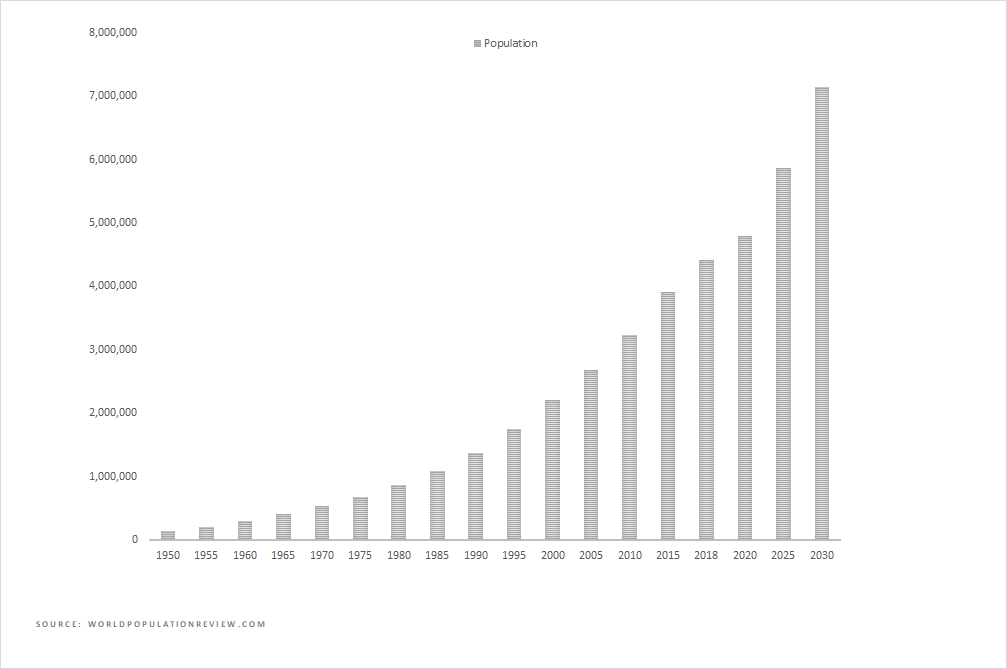


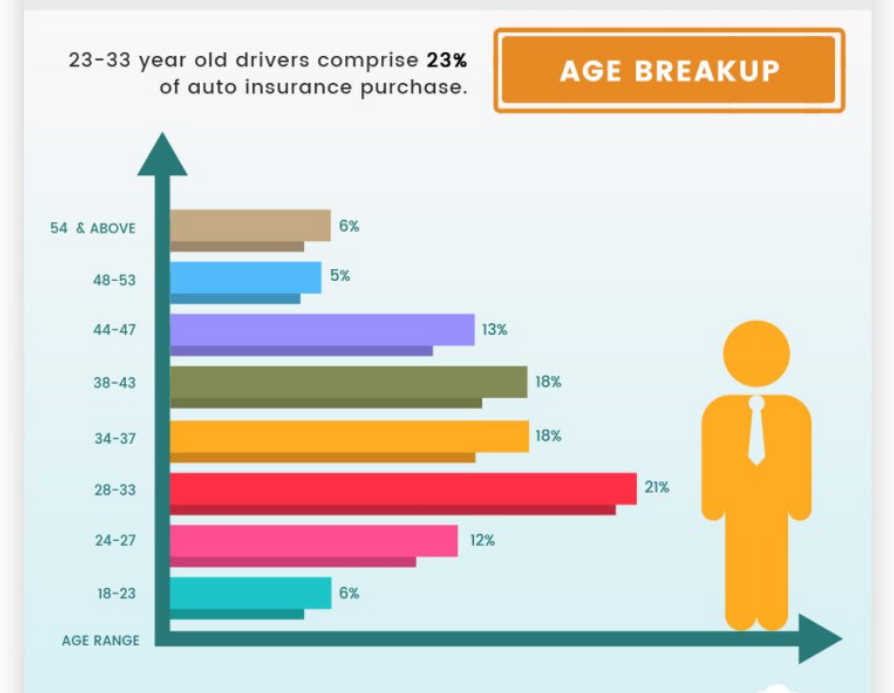
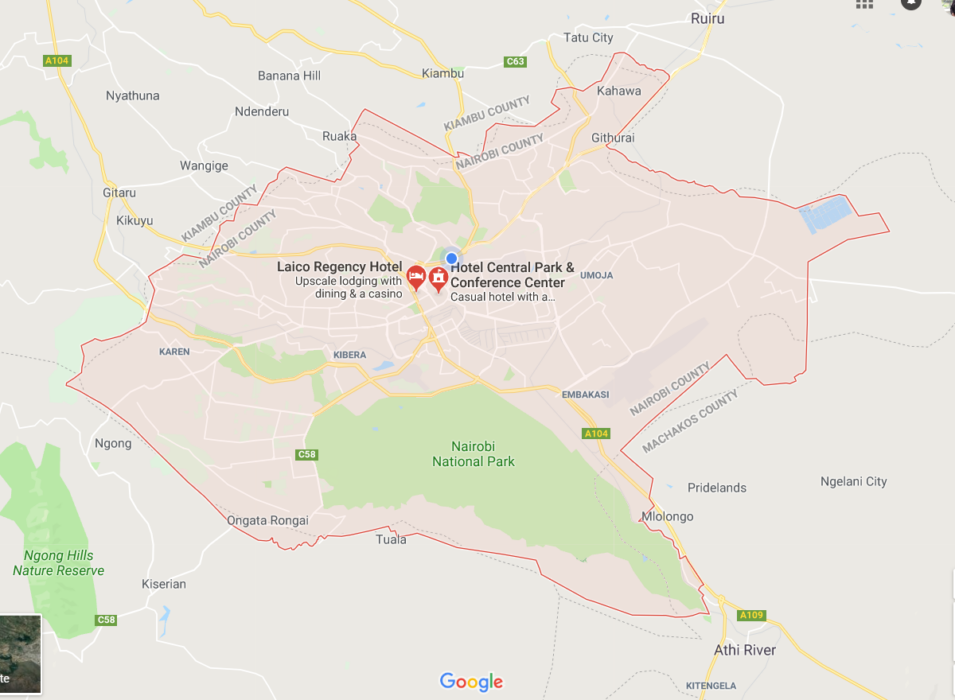

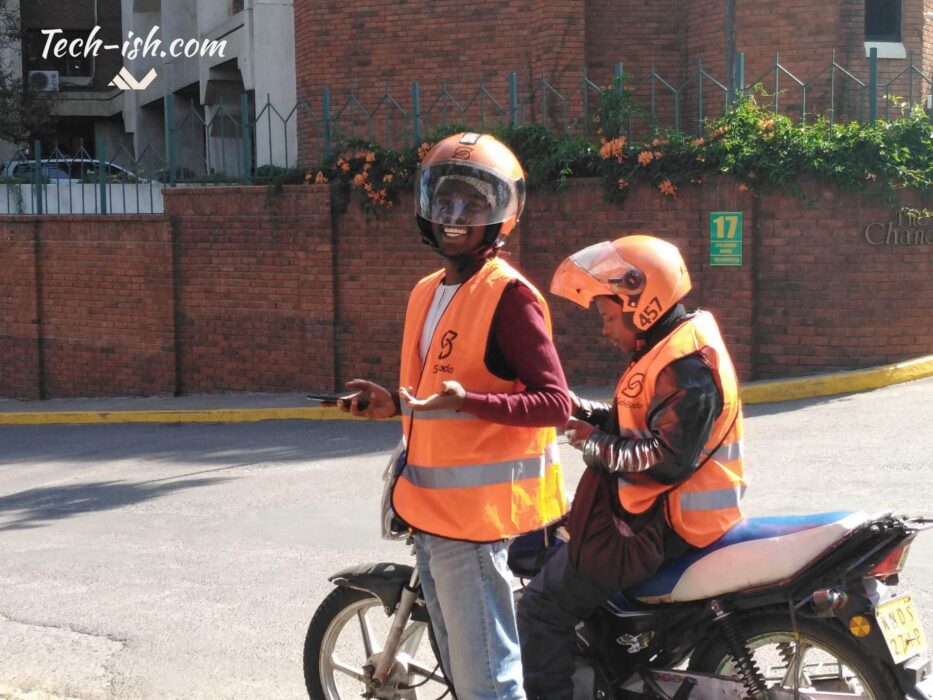




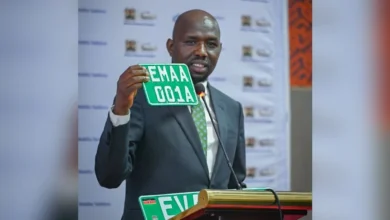
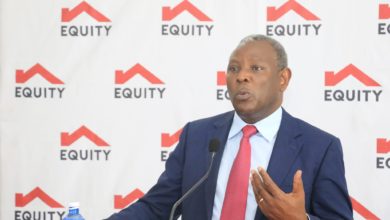
I wonder if countries want their embassy’s far away from the governmental institutions in a country. It is not very useful to have long travel times and high travel costs if you need to speak to politicians.
Besides that, it seems like progress is being made with the construction of Konza and Tatu city. It seems like these are projects that could actually succeed.
But I agree with you that unhandleable city growth can be stopped with smart policies that can divide urban growth over more cities than Nairobi alone. Ethiopia is trying this too, and already the projections for the growth of Addis Ababa are much more bearable than the projections for cities like Lagos and Dar es Salaam
i hope this will help
[* Shield plugin marked this comment as “trash”. Reason: Failed GASP Bot Filter Test (checkbox) *]
Brilliant suggestion. Many countries in Europe have this sort of plan that we can try implement. Thing is this also calls for capital injection of magnificent scale.
I agree with you, let’s breakdown Nairobi. Kisumu should defintely be the Diplomatic Capital, very friendly people here.
We should create foras where this discussion can be dicussed, it can be the local groups, in AOBs, etc. Let’s start the discussion, but let it start from NBO itself. Kisumu will join, Mombasa will join. Also, if one can sponsor a bill to parliament, that will be the best shot.